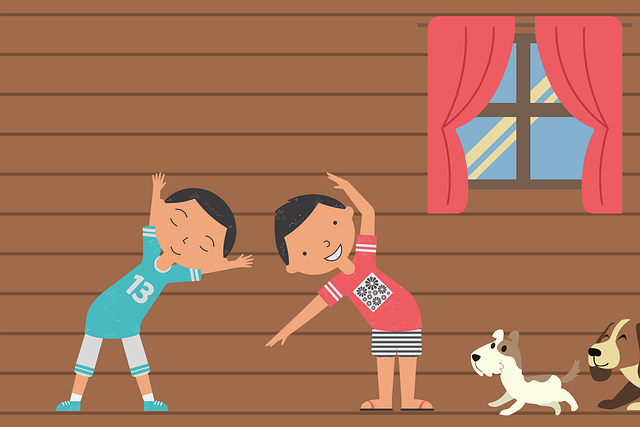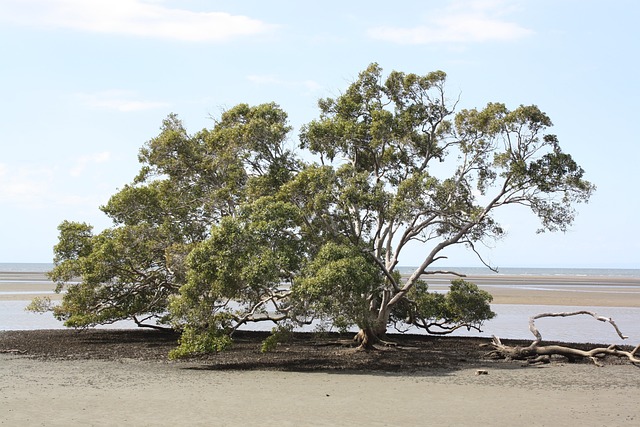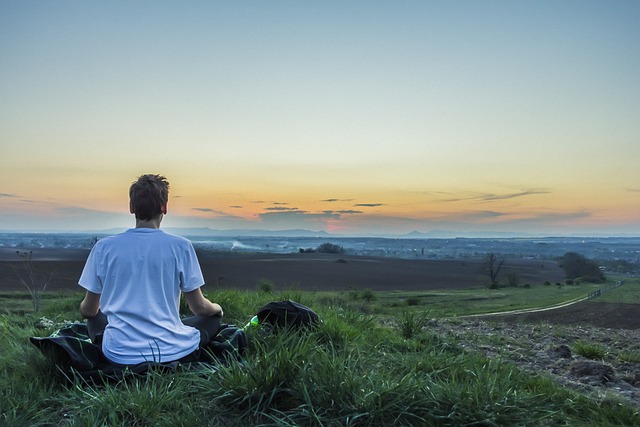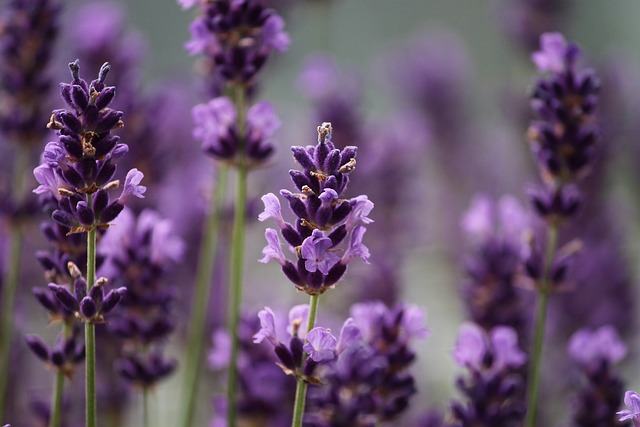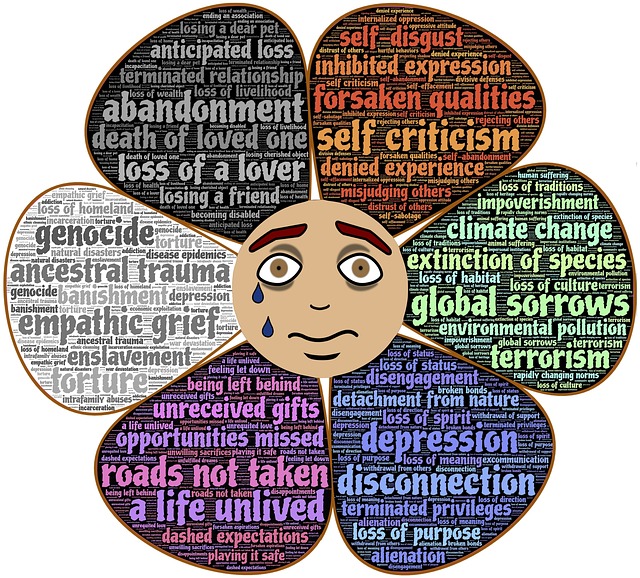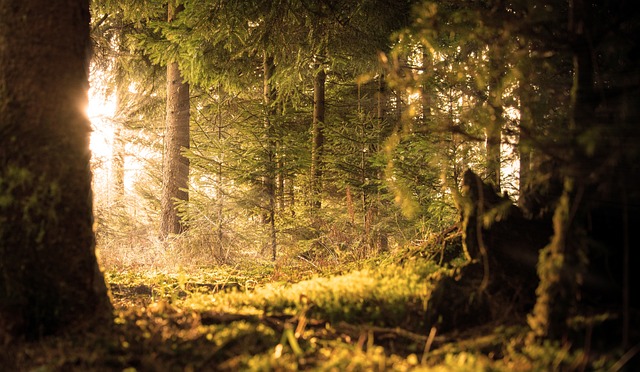Marvin Belzer, PhD, provided a guided meditation podcast emphasising the simplicity of the process and the fact that its eminently “doable” – even if we have to fit it into a busy life by dedicating 3-5 minutes to focused attention on the present moment and our bodily sensations. He emphasised that it does not have to be difficult or challenging but does require effort and regular practice. He emphasised the need to avoid setting a goal that we pursued through meditation – this can create stress and distraction. His emphasis is on keeping it simple while paying attention to some aspect of our everyday life.
Marvin indicated that he has practised meditation for more than 30 years and has taught mindfulness for 20 years. He offered the meditation as part of the free weekly guided meditations provided by MARC, UCLA. His role in UCLA is that of Adjunct Professor of Psychiatry and Biobehavioral Sciences. He has taught mindfulness to many groups including semester-length courses for university students and courses for teens. We can gain some insight into Marvin’s mindfulness orientation by listening to his interview with Bob O’Haver on Bob’s “Why Meditate?” Podcast – the interview provides some insight into Marvin’s approach to meditation, mindful living, and the cultivation of compassion in our lives.
Guided meditation
In the guided meditation, Marvin maintains that by keeping the process simple, we can more readily access the calming effect of meditation and not be so readily distracted by complex or abstract thoughts. The focus is on the present moment awareness as we are experiencing it. His starting point is deep breathing to help us to ground ourselves – with a sigh on the out-breath. Marvin offers a choice of anchors – bodily sensations, surrounding sounds or our breath. He encourages us to sustain our attention on one of these anchors so that we can experience a sense of calm, peace and stability. Marvin emphasises that this simple approach to meditation can be a refuge in busy or turbulent times, if we make it a regular practice.
In his view, meditation enables us to pay attention to what is real in our life, not what we wished it would be. Marvin encourages us to persist with paying attention even when thoughts, emotions or sensations distract us from our focal anchor. He suggests that we adopt a playful approach to meditation not chiding ourselves, but noting something like, “There I go again, planning my day as if my life depended on it”. He recommends that even in this busy time of the year, with Christmas approaching, we can adopt the habit of brief meditations – a process I employ when “waiting” for someone or something, especially traffic lights.
Marvin encourages us to be non- judgmental towards ourselves but to “show up as we can”, given our commitments, health and family situation. This is sound advice as I often find myself, when I am unwell or have an injury, being critical of myself for not doing my Tai Chi mindfulness practice. His overall approach with his focus on simplicity and regularity is very encouraging.
Marvin also notes that sometimes we can be bored during meditation (I can relate to this!) but that boredom can be an important antidote to the endless stimulation provided by social media and invasive advertising. Our capacity to pay attention is continuously eroded by the “firehose of information” – a term used by Johann Hari in his book, Stolen Focus: Why You Can’t Pay Attention. If we persist with meditation despite our sense of boredom, we can reap the fruits of developing our awareness muscle and deepening our capacity to concentrate. It is critical for our mental health and the health of our minds to protect our attention.
Reflection
Marvin, like accomplished practitioners in many fields, is able to make complex concepts and processes simple. His approach encourages us to persist with meditation, no matter what is happening in our lives. He suggests, for example, that if we are anxious, we can pay attention to the bodily sensations of our anxiety – we can release any tension we locate or stay with the sensation in a softening, calming way through a compassionate body scan. As we grow in mindfulness through regular mindfulness practices such as meditation, we can access our inner landscape, enjoy tranquility, and gain clarity and insight.
________________________________
By Ron Passfield – Copyright (Creative Commons license, Attribution–Non Commercial–No Derivatives)
Disclosure: If you purchase a product through this site, I may earn a commission which will help to pay for the site, the associated Meetup group, and the resources to support the blog.

